Dear Readers,
AI plays a crucial role in our blog, helping us manage our time more effectively to keep the content flowing. While AI assists with content creation, which may lead to occasional spelling or grammar errors, our primary goal remains clear: to deliver meaningful insights to you. For important matters, please consult a specialist.
Thank you for your understanding and support.
Best regards,
Education.com.cy
Summary
In the realm of digital marketing, funnels are a critical tool used to guide potential customers through a series of steps towards a desired action, such as making a purchase or signing up for a service. The ethical use of funnels involves transparent, honest, and value-driven interactions that respect the user’s autonomy and provide genuine benefits. Ethical funnels are characterized by clear communication, truthful representations of products or services, and a commitment to user satisfaction and trust.
Conversely, unethical use of funnels often involves deceptive practices designed to manipulate users into actions that may not be in their best interest. This can include false promises, misleading information, and high-pressure tactics that exploit users’ lack of knowledge or emotional vulnerabilities. Unethical funnels may lead to financial loss, dissatisfaction, and a damaged reputation for the business involved.
Distinguishing between ethical and unethical funnels requires a nuanced understanding of marketing practices, technological insights, and sometimes extensive research. Ethical funnels prioritize long-term relationships and customer trust, while unethical funnels focus on short-term gains at the expense of user well-being. It is crucial for businesses to adhere to ethical standards in their funnel strategies to foster trust and loyalty among their customer base.
Introduction
The distinction between ethical and unethical use of funnels is crucial in the realm of digital marketing. Funnels are designed to guide potential customers through a series of steps, ultimately leading to a desired action, such as making a purchase or signing up for a service. When used ethically, funnels can enhance user experience, provide valuable information, and build trust between the company and the consumer. Ethical funnels are transparent, respect user privacy, and deliver on their promises without misleading the audience.
On the other hand, unethical funnels exploit psychological triggers and manipulate users into taking actions that may not be in their best interest. These funnels often involve deceptive practices, such as false advertising, exaggerated claims, and hidden fees, which can lead to financial loss and a breach of trust. Identifying whether a funnel is ethical or unethical requires a keen understanding of marketing tactics, user behavior, and the ability to critically evaluate the intentions behind the funnel’s design.
In this section, we will explore the characteristics that differentiate ethical funnels from unethical ones, the impact of each on consumers, and the importance of maintaining integrity in digital marketing practices. By understanding these distinctions, businesses can create more effective and trustworthy funnels, while consumers can better protect themselves from potential scams.
Main Sections
Understanding Funnels
Definition of a Funnel
A funnel in marketing refers to the process through which a product is channeled into the market via various promotional activities. This can include search engines, social media, and paid advertisements, either individually or in combination.
The Role of User Journey in Funnels
The user journey encompasses the steps a user takes while navigating a funnel. This journey can be influenced by factors such as page load times, content quality, and retargeting techniques. Funnel managers track where users drop off to make necessary adjustments.
The Use of Storytelling in a Funnel
Storytelling is a powerful technique used in funnels to persuade users through compelling narratives delivered via video or text. Effective storytelling can significantly strengthen a funnel.
How to Distinguish an Ethical Funnel from an Unethical One
Identifying whether a funnel is ethical or unethical requires experience, technological knowledge, or thorough research. Reviews alone may not be reliable due to potential false information. Ethical funnels operate legally and transparently, while unethical ones may aim to deceive users, often leading to fraud.
Example of a Funnel
A funnel guides a targeted audience towards a product using various methods such as emails, videos, and articles. These elements direct potential customers to take actions like visiting a website or making a phone call.
Is the Funnel Process Used Only for Fraud?
The funnel method itself is neutral and can be used ethically or unethically. Ethical funnels focus on legitimate marketing practices, while unethical ones may create false expectations or lead to fraudulent activities.
Cryptocurrency Example
In the context of cryptocurrencies, unethical funnels might involve creating fake tokens and convincing people to invest under false pretenses. The money is then transferred to accounts in countries with lax regulations, making it difficult to trace.
How Digital Marketing Funnels Can Lead to Fraud in Forex and Cryptocurrency
Digital marketing funnels in forex and cryptocurrency can sometimes lead to fraud. These funnels may use unethical methods to coerce potential clients into investing, often with promises of guaranteed profits.
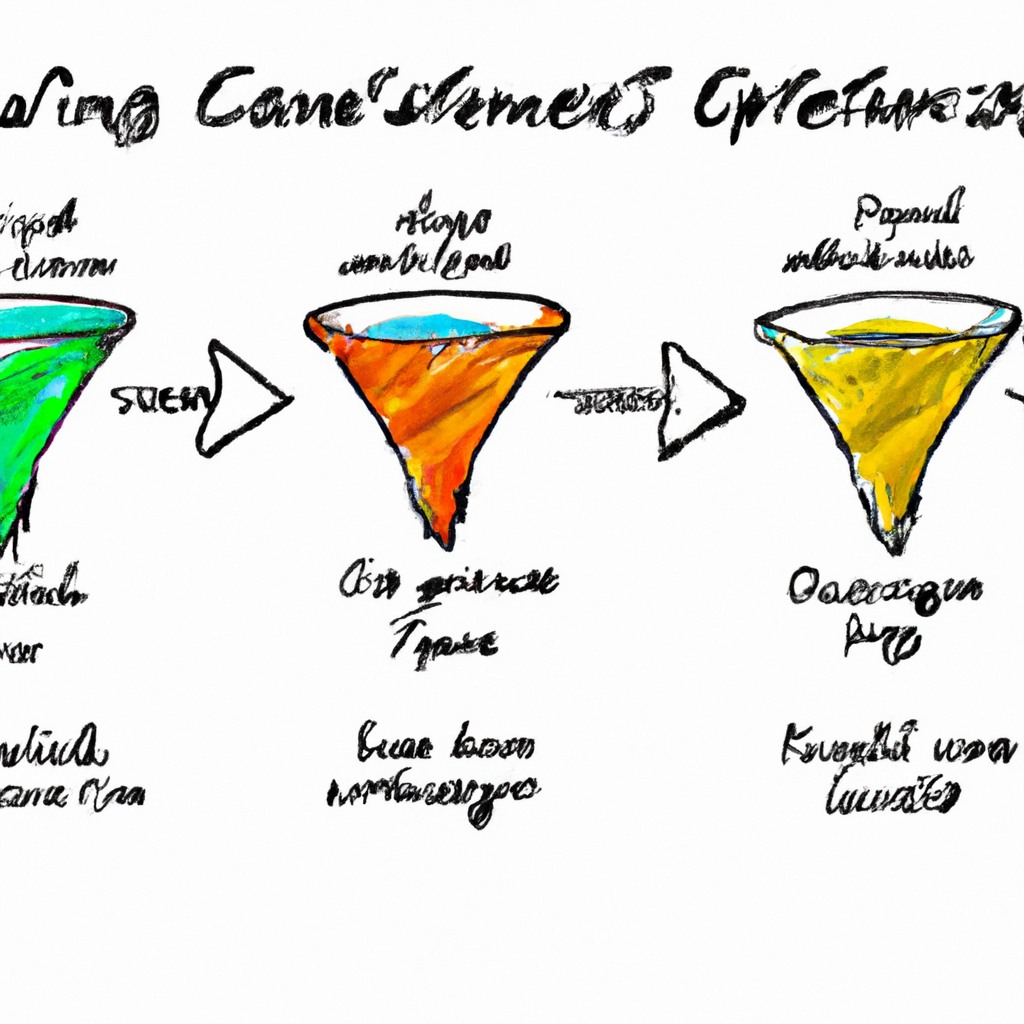
Ethical Use of Funnels
Transparency and Honesty
Ethical funnels prioritize transparency and honesty in their marketing messages. They provide clear and accurate information about the product or service, avoiding misleading claims or exaggerated benefits.
User Consent and Data Privacy
Ethical funnels ensure that user data is collected with explicit consent and is used responsibly. They comply with data protection regulations and respect user privacy, providing options for users to opt-out of data collection.
Value-Driven Content
The content within an ethical funnel is designed to provide genuine value to the user. This could be in the form of educational materials, useful tips, or relevant information that helps the user make an informed decision.
Respect for User Experience
Ethical funnels focus on creating a positive user experience. This includes ensuring that the user journey is smooth, the website loads quickly, and the content is free from errors. The goal is to build trust and foster a long-term relationship with the user.
Clear Call-to-Actions
Ethical funnels use clear and straightforward call-to-actions (CTAs) that guide the user without coercion. The CTAs are designed to help the user take the next logical step in their journey, whether it’s signing up for a newsletter, downloading a resource, or making a purchase.
Feedback and Improvement
Ethical funnels actively seek feedback from users to improve the funnel process. They use this feedback to make necessary adjustments, ensuring that the funnel remains user-centric and effective.
Compliance with Legal Standards
Ethical funnels adhere to all relevant legal standards and industry regulations. This includes advertising standards, consumer protection laws, and any other applicable guidelines to ensure that the marketing practices are lawful and ethical.
By focusing on these principles, ethical funnels aim to build trust, provide value, and create a positive experience for users, ultimately leading to sustainable business growth.
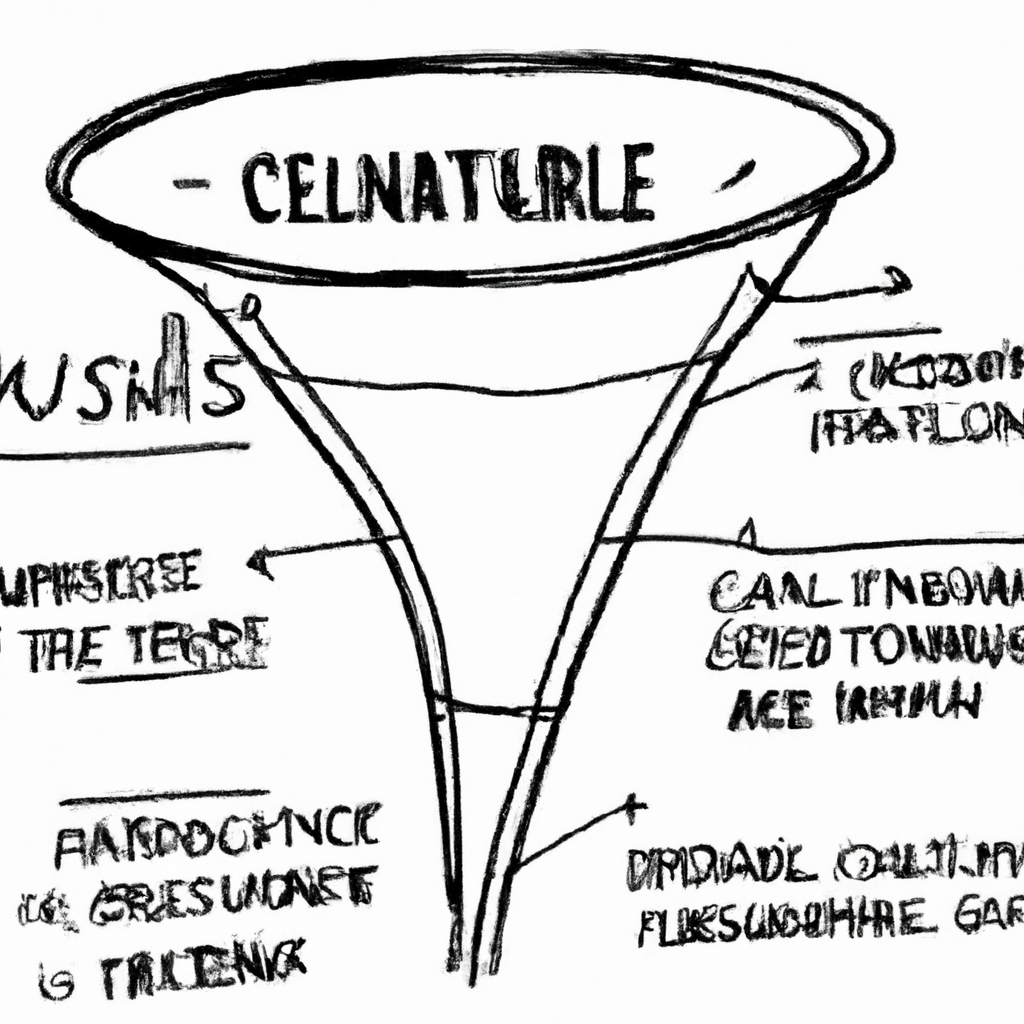
Find out how the strategies discussed in the article
"How Teaching a Song Can Improve Your Child’s Learning and Well-Being"can help address internet addiction in children and teens.
Unethical Use of Funnels
Misleading Information
Unethical funnels often use false or exaggerated claims to lure users. This can include promises of guaranteed profits or unrealistic returns on investments, particularly in areas like forex trading and cryptocurrencies.
Manipulative Techniques
These funnels may employ psychological tricks to coerce users into making decisions against their best interest. This can involve using attractive individuals in ads or videos, or creating a sense of urgency with limited-time offers.
Fraudulent Activities
In some cases, funnels are designed to facilitate outright fraud. For example, creating fake cryptocurrencies or tokens to deceive investors into transferring money, which is then quickly moved to untraceable accounts.
False Reviews and Testimonials
Unethical funnels might use fake reviews or testimonials to build credibility and trust. This can mislead potential customers into believing that the product or service is legitimate.
Data Exploitation
Personal data collected through funnels can be misused to target individuals with tailored scams. This can include using personal milestones like birthdays to offer special deals that are actually fraudulent.
Poor Customer Support
Sometimes, what appears to be fraud is actually the result of poor internal processes, such as slow email responses. However, this can still create a negative impression and erode trust.
Retargeting Techniques
Even if users leave a page, unethical funnels will use retargeting techniques to bring them back, often bombarding them with ads and emails to wear down their resistance.
Complex User Journeys
Unethical funnels may design overly complex user journeys to confuse users, making it difficult for them to discern the legitimacy of the offer. This can include multiple redirects, hidden fees, and complicated terms and conditions.
By understanding these unethical practices, users can better protect themselves from falling victim to fraudulent funnels.
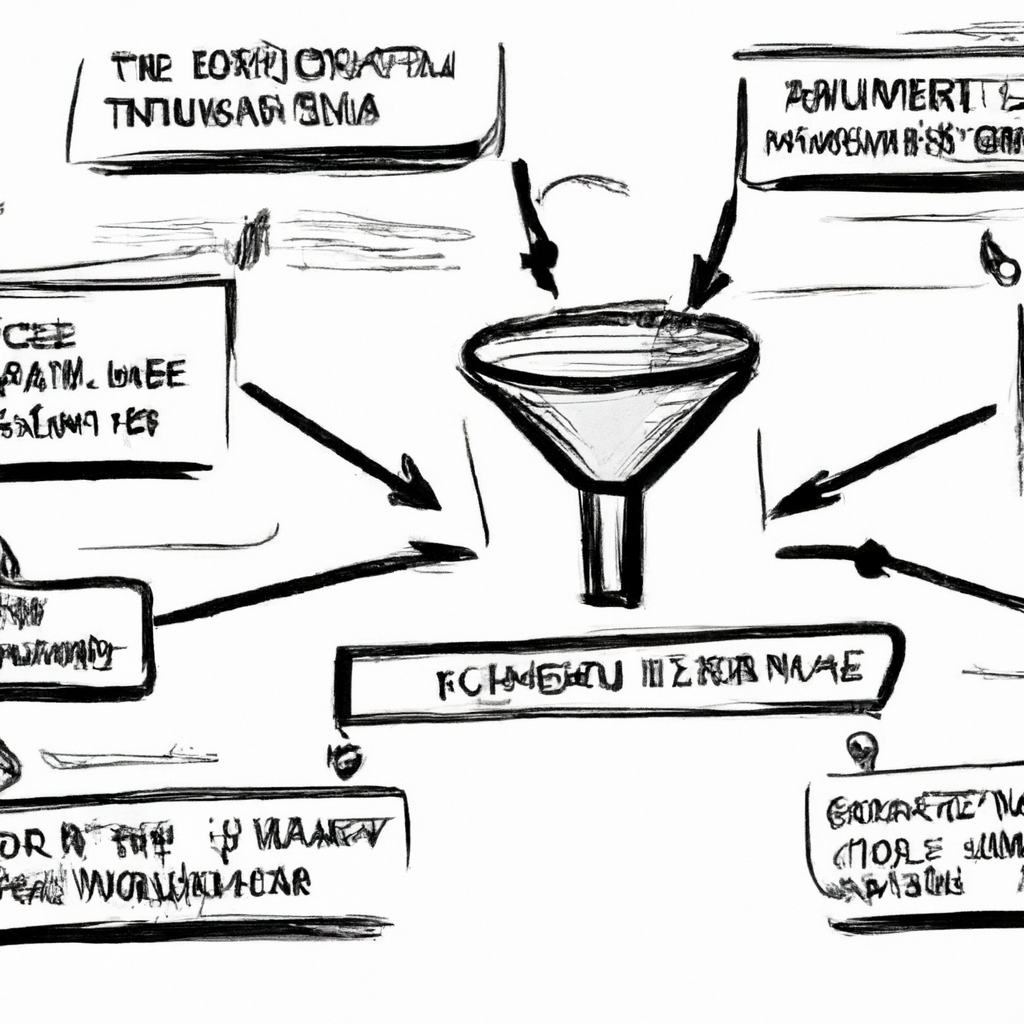
Distinguishing Ethical from Unethical Funnels
Identifying Ethical Funnels
– Experience and Technological Knowledge: Recognizing ethical funnels often requires a combination of experience and technological understanding. This expertise helps in discerning genuine marketing efforts from deceptive practices.
– Thorough Research: Conducting in-depth research into a company’s practices and history is crucial. This includes looking beyond surface-level reviews and examining the company’s operations and customer feedback in detail.
– Transparency and Honesty: Ethical funnels are characterized by transparency in their marketing messages and honesty about the product or service being offered. They avoid making exaggerated claims or promises of guaranteed profits.
Identifying Unethical Funnels
– False Information and Reviews: Unethical funnels may rely on false information or manipulated reviews to create a misleading impression of the product or service. These reviews can be driven by personal motives or orchestrated by the company itself.
– Exploitation of Technological Ignorance: Many people are not technologically savvy and may not recognize fraudulent schemes. Unethical funnels exploit this ignorance to deceive potential customers.
– Deceptive Practices: These funnels often use deceptive practices, such as creating fake cryptocurrencies or tokens, to lure investors. They promise high returns but ultimately lead to financial loss for the investor.
– Internal Issues Misinterpreted as Fraud: Sometimes, companies with poor internal processes, such as slow email responses, may appear fraudulent. However, these issues are often due to inadequate customer support rather than intentional deception.
Importance of User Journey
– User Journey Analysis: Funnel managers track where users drop off in the user journey to identify and address potential issues. For example, if users leave a video within the first few seconds, it indicates a problem that needs to be fixed.
– Retargeting Techniques: Effective funnels use retargeting techniques to bring users back to the funnel. This includes displaying ads to users who have previously visited the site or sending reminder emails.
Role of Storytelling
– Compelling Storytelling: Storytelling is a powerful tool in funnels. When done effectively, it can make the funnel more persuasive and engaging, leading to higher conversion rates.
By understanding these distinctions, one can better navigate the complexities of digital marketing funnels and make informed decisions about their ethical implications.

Case Studies
Ethical Use of Funnels
- E-commerce Business
- Scenario: An online clothing retailer uses a funnel to guide customers from social media ads to their website, where they can browse and purchase items.
- Techniques: The retailer employs storytelling through customer testimonials and behind-the-scenes videos of their sustainable production process.
-
Outcome: Customers feel informed and confident in their purchases, leading to higher conversion rates and repeat business.
-
Educational Platform
- Scenario: An online learning platform uses a funnel to attract students to enroll in courses.
- Techniques: The platform offers free webinars and sample lessons to showcase the quality of their courses. They also use email marketing to provide additional resources and reminders.
- Outcome: Students are able to make informed decisions about their education, resulting in higher enrollment and satisfaction rates.
Unethical Use of Funnels
- Fake Investment Scheme
- Scenario: A fraudulent company creates a funnel to lure investors into a fake cryptocurrency.
- Techniques: The company uses paid ads and social media influencers to promote the cryptocurrency, promising guaranteed high returns. They create a professional-looking website and use fake testimonials to build credibility.
-
Outcome: Investors are deceived into transferring money, which is then siphoned off by the fraudsters, leaving the investors with worthless tokens.
-
Phishing Scam
- Scenario: A scammer uses a funnel to collect personal information from unsuspecting users.
- Techniques: The scammer sends out emails that appear to be from a legitimate company, prompting users to click on a link to update their account information. The link leads to a fake website designed to capture login credentials and personal data.
- Outcome: Users unknowingly provide sensitive information, which is then used for identity theft or sold on the dark web.
These case studies illustrate the stark contrast between ethical and unethical uses of funnels, highlighting the importance of transparency and integrity in digital marketing practices.
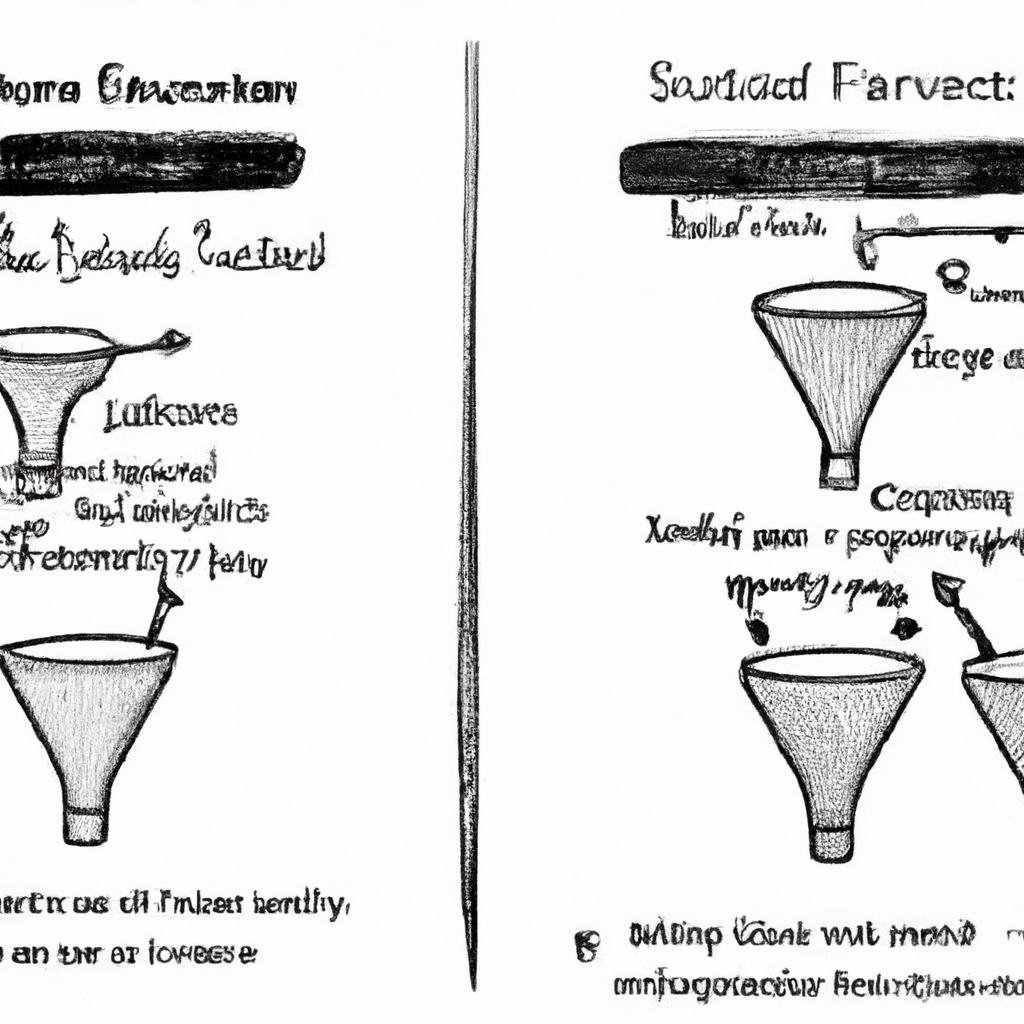
Best Practices for Ethical Funnel Management
Transparency and Honesty
– Clearly communicate the purpose and benefits of the product or service.
– Avoid making false promises or guarantees, especially regarding financial returns.
– Provide accurate and complete information to help users make informed decisions.
User Consent and Data Privacy
– Obtain explicit consent from users before collecting personal data.
– Ensure that data collection practices comply with relevant privacy laws and regulations.
– Use personal data responsibly and only for the purposes stated to the user.
Quality Content and Storytelling
– Use compelling and truthful storytelling to engage users.
– Ensure that all content, whether text or video, is free from misleading information.
– Regularly update content to maintain accuracy and relevance.
User Journey Optimization
– Monitor where users drop off in the funnel and make necessary adjustments to improve their experience.
– Ensure that all stages of the funnel are user-friendly and free from technical issues.
– Use retargeting techniques ethically to re-engage users without being intrusive.
Ethical Marketing Techniques
– Avoid using manipulative tactics such as fear-mongering or creating false urgency.
– Use testimonials and reviews that are genuine and verifiable.
– Ensure that any incentives or promotions are clearly explained and attainable.
Customer Support and Responsiveness
– Provide timely and effective customer support to address user concerns.
– Ensure that any delays or issues in communication are transparently communicated to users.
– Regularly train customer support teams to handle queries ethically and efficiently.
Regular Audits and Compliance Checks
– Conduct regular audits of the funnel process to ensure compliance with ethical standards.
– Stay updated with industry best practices and legal requirements.
– Implement feedback mechanisms to continuously improve the funnel process.
By adhering to these best practices, funnel managers can create a user journey that is not only effective but also ethical, fostering trust and long-term relationships with users.
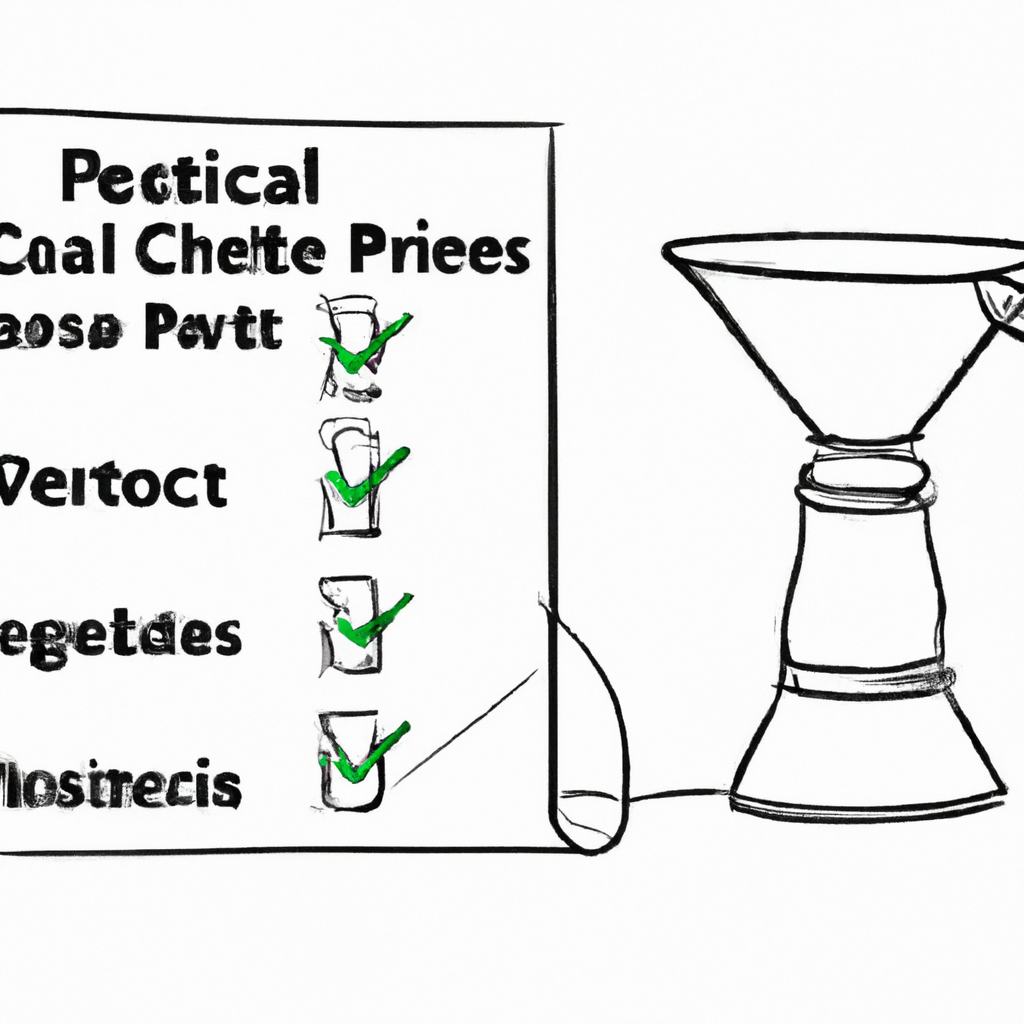
Conclusion
In conclusion, the distinction between ethical and unethical use of funnels hinges on the intent and execution behind the funnel process. Ethical funnels are designed to guide users through a journey that is transparent, honest, and aimed at providing genuine value. They respect user autonomy and ensure that any claims made are truthful and substantiated. On the other hand, unethical funnels often employ deceptive tactics, false promises, and manipulative techniques to coerce users into actions that may not be in their best interest, such as making unwarranted investments or purchases.
To identify an ethical funnel, one must look beyond surface-level indicators like company reviews, as these can be manipulated. It requires a deeper understanding of the company’s practices, transparency in communication, and the overall user experience. Ethical funnels will typically have clear terms and conditions, responsive customer support, and a straightforward user journey that does not rely on misleading information.
Conversely, unethical funnels often exploit users’ lack of technological knowledge and can appear legitimate while harboring fraudulent intentions. These funnels might use high-pressure sales tactics, exaggerated claims of guaranteed returns, and other forms of manipulation to achieve their goals. They may also suffer from internal issues that give the appearance of fraud, such as poor customer service or slow responses, further complicating the identification process.
Ultimately, the ethicality of a funnel is determined by its adherence to principles of honesty, transparency, and respect for the user. Companies that prioritize these values in their funnel strategies are more likely to build long-term trust and loyalty with their customers, whereas those that resort to unethical practices risk legal repercussions and damage to their reputation.

Thank you for reading our article on Ethical vs. Unethical Use of Funnels. We highly value your feedback and invite you to take a brief survey to share your thoughts and experiences. Your responses will be kept confidential.
Dear Readers,
Welcome to my blog, where technology, music, and visual arts come together to spark creativity and growth. By subscribing, you’ll become part of a vibrant community committed to exploring and learning in these areas.
Select the type of engagement that suits you best:
Join us and enjoy tailored content and direct support suited to your interests.
